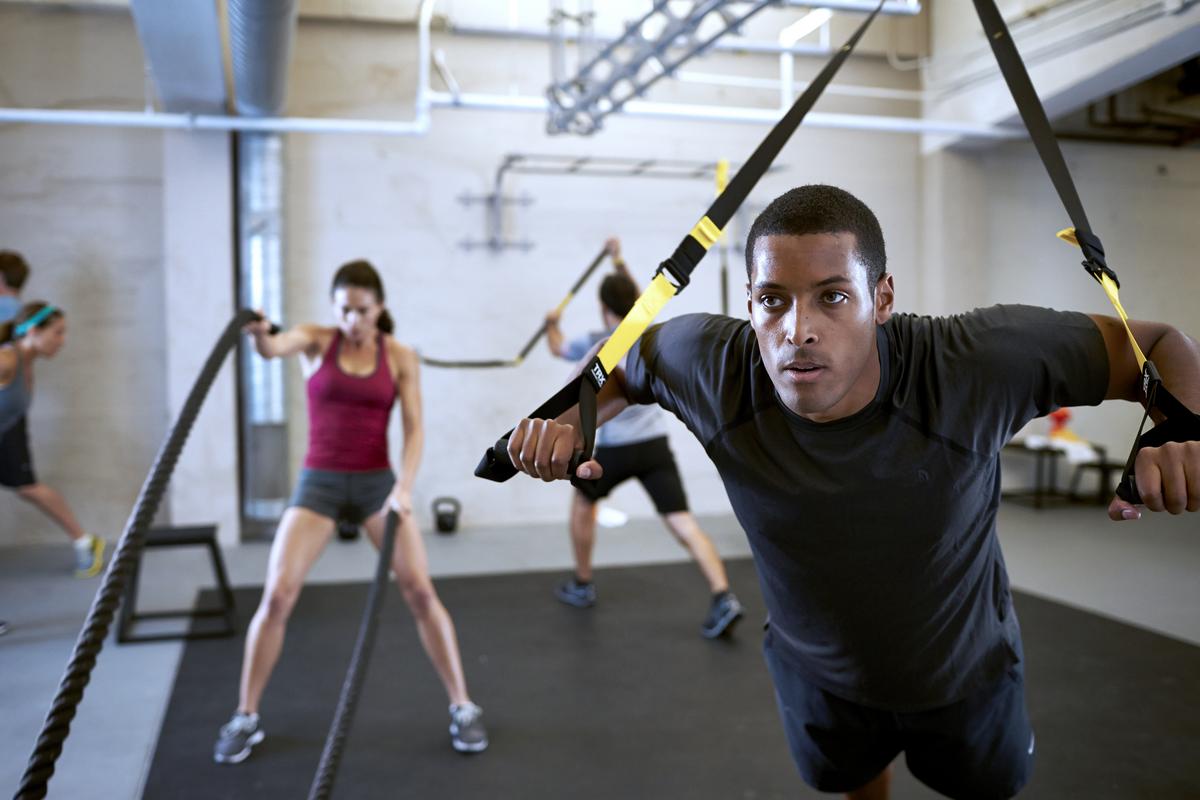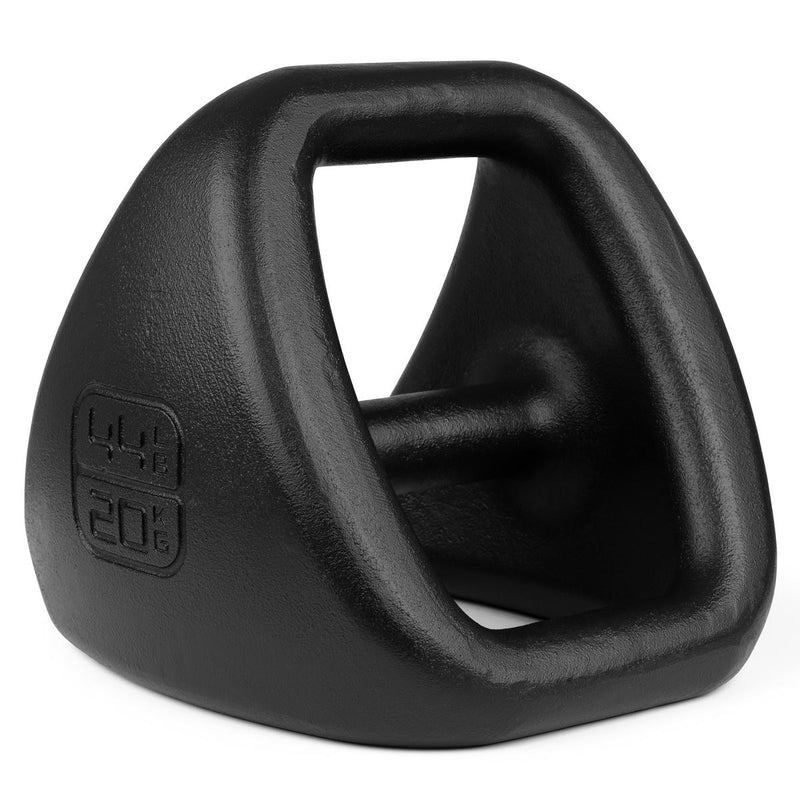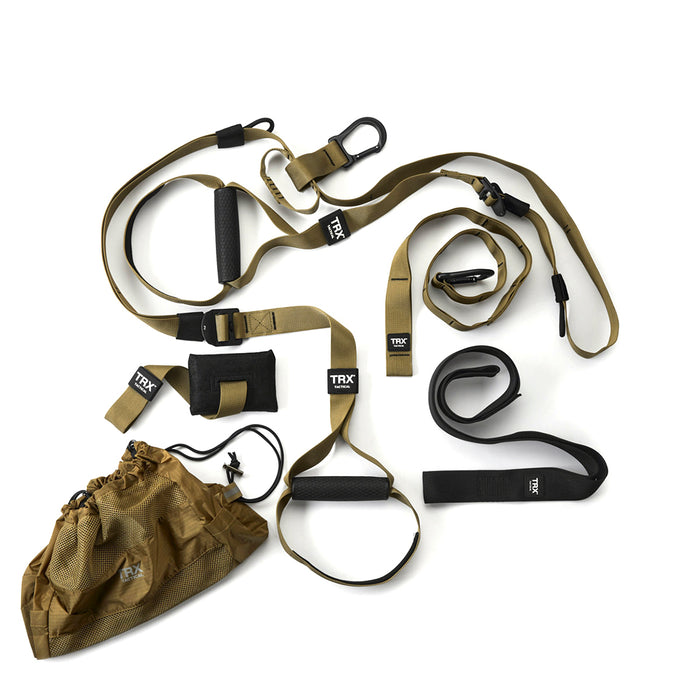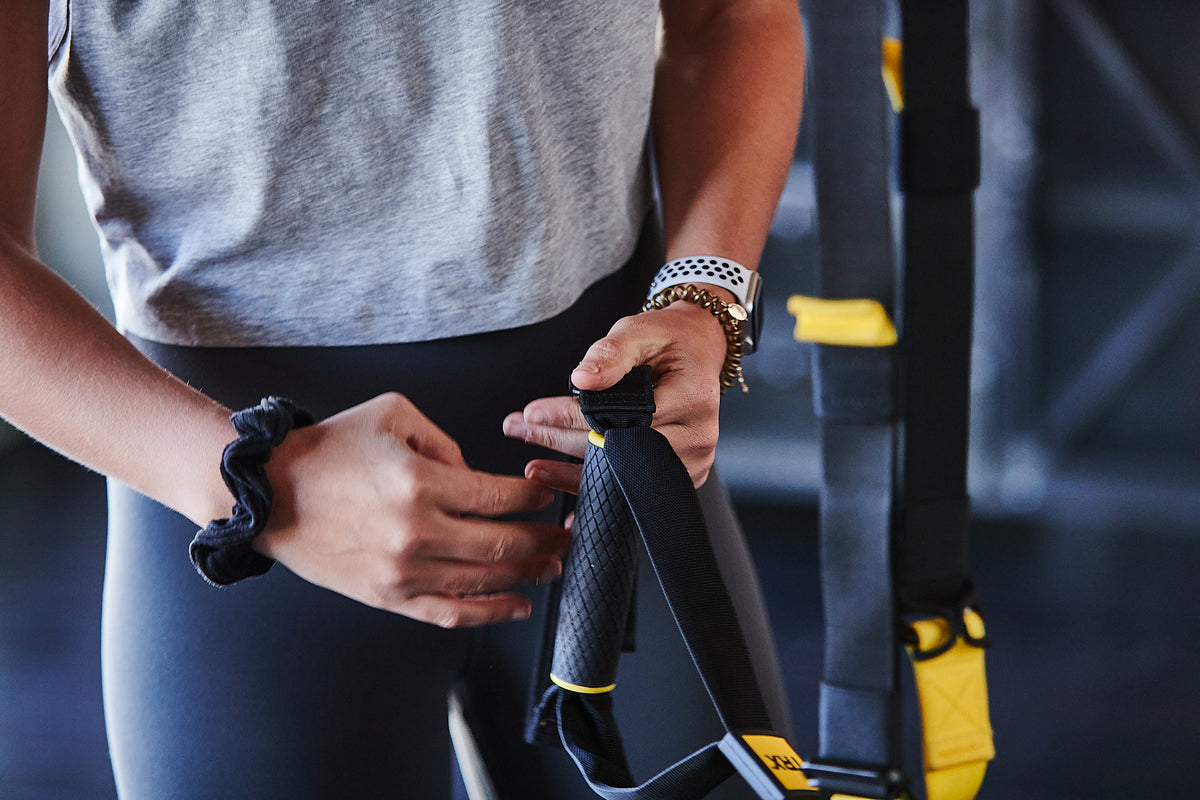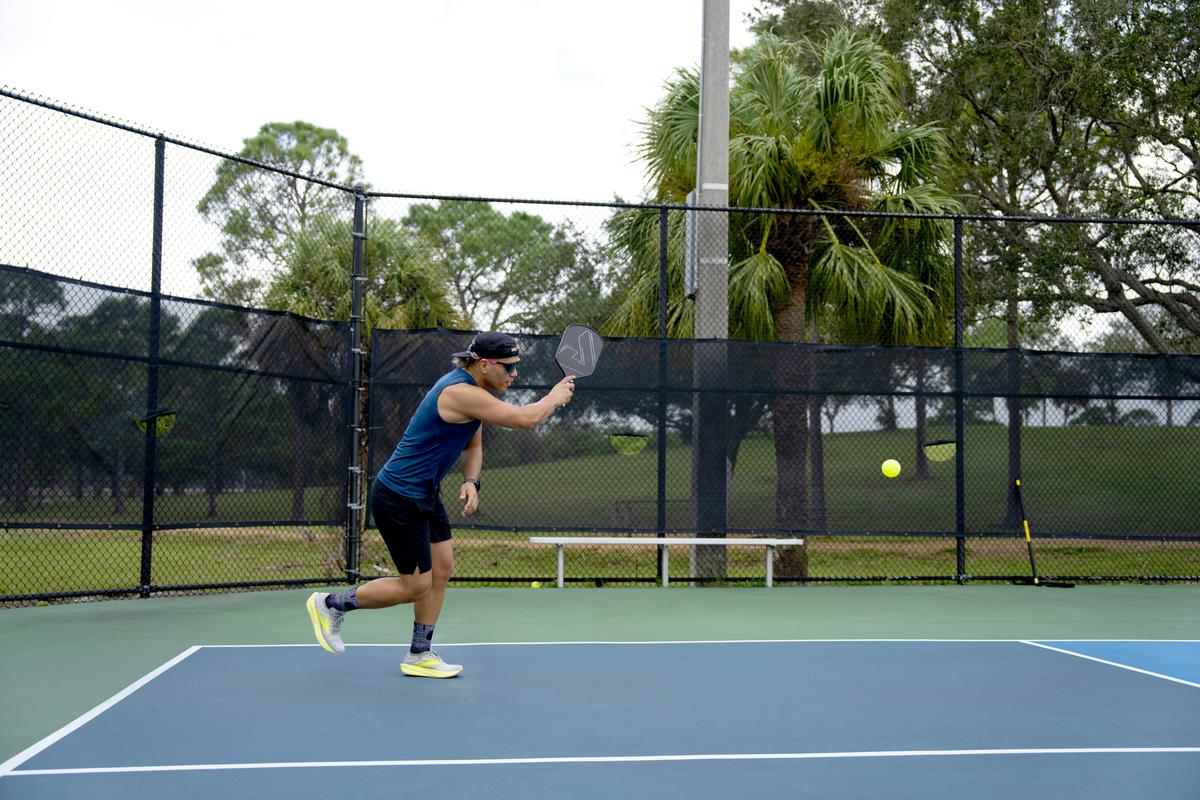If you know you, you know. Lacrosse is one of the most physically and technically demanding sports to play. It has been termed the “fastest sport of two feet” and has the data to prove it (1). Lacrosse requires high levels of speed, power, agility, endurance, and accuracy. If you play it, you better prepare for it.
What better way to prepare than to get your body in shape? Today, we’ll be looking at lacrosse exercises every player should do to prepare themselves before hitting the field. Let’s get started!
Why Do Strength Training for Lacrosse?
A strength training program is a great starting point for lacrosse players. Strength training contributes to athletic development, decreases injury risk, and is the foundation for power and speed. The benefits of strength training extend beyond our physiology. Strength training can boost confidence and self-esteem while forcing athletes to become more disciplined. These characteristics are important on the field and off.
In times of early specialization, increased screen time, and constant competition, athletes are often neglect strength training as an important part of the performance equation. Not all strength exercises are created equal, and to meet the high demands of lacrosse here are a few considerations:
- Movement quality matters. Moving efficiently during all strength exercises will improve joint stability and improve posture while maximizing long-term athletic development. This will build stronger tendons, ligaments, and muscles, making lacrosse players resilient to injury. Quality can be better than quantity.
- Choose exercises that count. Strength exercises should reflect the movement patterns used on the field. This means movements should be compound, integrating multiple body segments as the sport of lacrosse does. Exercises should include lateral and rotational movements. Many traditional exercises fail to consider all 3 planes of motion leaving athletes exposed and unprepared for lacrosse.
- Prep before. A good warm-up will open the window for a great training session while improving athleticism and decreasing the risk of injury. While not discussed in this article, a good movement prep routine will include core training, and mobility drills while preparing the nervous system and cardiovascular system to work hard.
- Recovery after. Cool-down exercises include static stretching and gentle mobility drills which allow the nervous system and your muscles to unwind. A little recovery goes a long way to increase adaptation.
- Extra benefits. The benefits of strength training extend beyond our physiology. Strength training can boost confidence and self-esteem while forcing athletes to become more disciplined. These characteristics are important on the field and off.
The same applies for all sports. If you’re doing strength training for tennis, you need to consider the exercises that matter and how you’re moving. Otherwise, you’re wasting time.
Now that we understand the benefits of strength training along with some basic principles, it's time to reveal our top 10 strength training exercises. This includes our top TRX suspension training recommendations.
The Best Lacrosse Exercises
Below, you'll find some of our favorite exercises for lacrosse players. Some of these exercises will use a TRX suspension trainer, a great exercise gift for lacrosse players if you don't already have one.
Here's what you'll need to get started:
12. TRX Hamstring Curl
Great hamstring exercises are hard to come by and this is one of them. The TRX hamstring curl trains the entire posterior chain and core including the hamstrings, glutes, and lower back. This move improves core strength for a more powerful shot and single-leg stability for changes of direction. This is also an excellent exercise to increase running speed.
11. Pull Ups
This simple but deadly movement trains the major pulling muscles of our upper body including our lats, biceps, forearms. Pull-up strength will carry over to offense and defense sticks skills including shooting and checking. This exercise gets our vote for one of the best ‘mass builders’ which will prepare lacrosse athletes for contact while helping the shoulders be injury resilient.
10. Single Arm Dumbbell Incline Press
This is a great overall pushing exercise that targets the shoulder and chest. The single-arm variation creates a challenge in the transverse plane thus increasing rotational strength while forcing each arm to do the work on its own. This is great for injury prevention and carries over to passing and shooting. Slow this movement down to add more time under tension to maximize the strength and hypertrophy gains.
9. Squats
Squats are a must. They develop lower body pushing strength in the glutes, quads, hamstrings, and calves. A strong squat will allow lacrosse players to cut, dodge, and change directions with authority. Don’t be afraid to be creative with squats. Single-leg variations are great for lower body stability and decreasing the risk of injury. Back squats target the glutes and low back stabilizers, while front squats can bias quad strength and knee drive. Each variation has its advantages so choose your squat based on your training needs and goals.
8. TRX Diagonal Crunch
Our second TRX exercise, the Diagonal Crunch, is another obvious choice. This is a compound movement that trains the entire body. It requires upper body strength, rotational core stability, and lower body coordination. This means more powerful shots, longer passes and athletic hips for on-field agility. This is the most technical exercise on our list, so mind the spine position, cue for core stiffness, and respect how fatigue may play a role in the athlete's ability to maintain good body position.
7. Dumbbell Lunges
Lunging is another foundational leg movement that is a must for lacrosse players. Lunges train the adductors (groin), glutes, and hamstrings in a manner that matches the demands of lacrosse. By doing this dumbbell quad exercise, you improve balance and lower body stability which are vital to ankle and knee injury prevention. Side lunge variations are particularly useful to prepare players to move laterally and change directions, both vital for on-field performance.
You can also use a YBell as a better replacement to the dumbbell. YBells can act as a dumbbell, kettlebell, and push-up stand, giving you
6. Deadlifts
Deadlifts are multi-segment movements that engage the entire body through a large range of motion. This facilitates a storing connection from the feet to the hands which is exactly what is needed for lacrosse. Deadlifts are also great for training hip extension which athletically translates into improved first step power and quickness. Some hamstring flexibility work before deadlift will go a long way to improve spine health and allow athletes to access their powerful hips.
5. TRX Power Pull
Our third TRX exercise, the power pull, focuses on upper-body pulling and rotational core strength that immediately transforms to lacrosse-specific skills including shooting and dodging. The power pull also develops critical unilateral shoulder and core strength to create bulletproof shoulders and spine. This exercise can be performed in a controlled manner to promote stability and strength or in an explosive manner to increase rotational power.
4. Box Jumps
Box jumps build on the foundational squat and are designed to improve explosive power and coordination. Box jumps improve the linking between our kinetic chain which is great for injury prevention and promotes athletic characteristics including on-field reaction time and running speed. When performed before squats, box jumps can increase the nervous system's readiness and open a window for improved squatting performance.
3. Pushups
Pushups are excellent for developing strength and muscle mass in the upper body. For athletes, push-ups can be superior for athletes because of the hidden benefits to the core, while allowing for more natural shoulder blade movement. This means improved throwing and cradling ability. Performing push-ups on a single leg can be a great way to sneak in more rotational core work.
2. TRX Suspended Lateral Lunge
The net TRX exercises earned their way to the top of the list because of the great combination of single-leg stability and lateral movement. This movement prepares athletes to be more agile and efficient as they change directions, cut, and dodge on the field. This is also a great move to prevent the most common pre-ankle, knee, and hip injuries. This movement puts the “go muscle” with the “show muscle” and carries over directly to the lower body strength, stability and power required to be successful in the s\fastest game on 2 feet.
1. Renegade Rows
Last but not least is the Renegade Row. Whether shooting, throwing, or dodging, lacrosse athletes live in the transverse plane. This movement helps athletes develop rotational strength and power starting at the front of the hips up, into our core and upper extremity. This movement is unique in that it facilitates the rotational “push and pull” action of the upper body while forcing stability through one arm. This is a must-do in any good lacrosse-specific strength and conditioning program.
Sample Workout for Your Lacrosse Game
Now that we understand the best strength training exercises for lacrosse, let’s pull it together by discussing some basic programming. A good lacrosse performance training program can be seen as a gourmet 6-course meal consisting of:
- Prehab and Mobility.
- Movement Preparation.
- Speed, Agility and Power.
- Strength Training.
- Conditioning.
- Recovery and Reload.
Each component of the program is important, and the focus of where more time is spent will depend on factors including age, in-season vs. out-of-season, and the needs of the athlete/team. The goal of this article is to highlight strength training, so let’s continue to focus there. We have the ingredients, let’s discuss a few recipes for success.
In general, we are aiming for 3-4 high-quality strength training sessions a week. The repetition range can vary. To maximize the load per body region we then can split the exercises into upper body pushing (3, 8, 10), upper body pulling (1, 8, 11), lower body pushing (4, 7, 9) and lower body pulling 2, 5, 7). Next, we would recommend one of the two following templates:
- Upper Body- Lower Body Split. This produces 4 strength training sessions. Each day either exercises the upper body or the lower body. This strength training program pairs nicely with other elements including plyometrics, speed, and agility training. We recommend 4-5 quality sets per exercise. Repetition range can vary from 8-10 reps for strength, 10-15 reps for muscular growth, and 15-20 reps for muscular endurance.
Day A- exercises 4, 7, 9.
Day B- exercises 3, 8, 10.
Day C- exercises 2, 5, 12.
Day D- exercises 1, 8, 11.
Push Day - Pull Day. This produces 2 strength training sessions in which athletes will perform upper-body and lower-body exercises each day. This is a great split when strength work is a focus. For example, this can be repeated 2x/wk out of season, while it would make sense to perform each day only 1x/wk in season. We recommend slightly fewer sets in this split due to the volume. This means 2-4 quality sets per exercise. The above-recommended rep range remains the same.
Day A (pull day exercises) - exercises 1, 2, 5, 6, 11, 12.
Day B (push day)- exercises 3, 4, 7, 8, 9, 10.
Lacrosse is fun and allows athletes to express the best of their athletic traits such as speed, agility, power, and accuracy. Lacrosse is also a demanding sport that requires some preparatory training. Building strength with these 12 exercises is a great place to start. They provide lacrosse players with the right recipe for success and will enhance performance and decrease the risk of injury for the fastest sport on two feet.
For more workouts like the one above, check out the TRX Training Club. You get 1000s of workouts from world-class instructors, all from the comfort of your own home.


